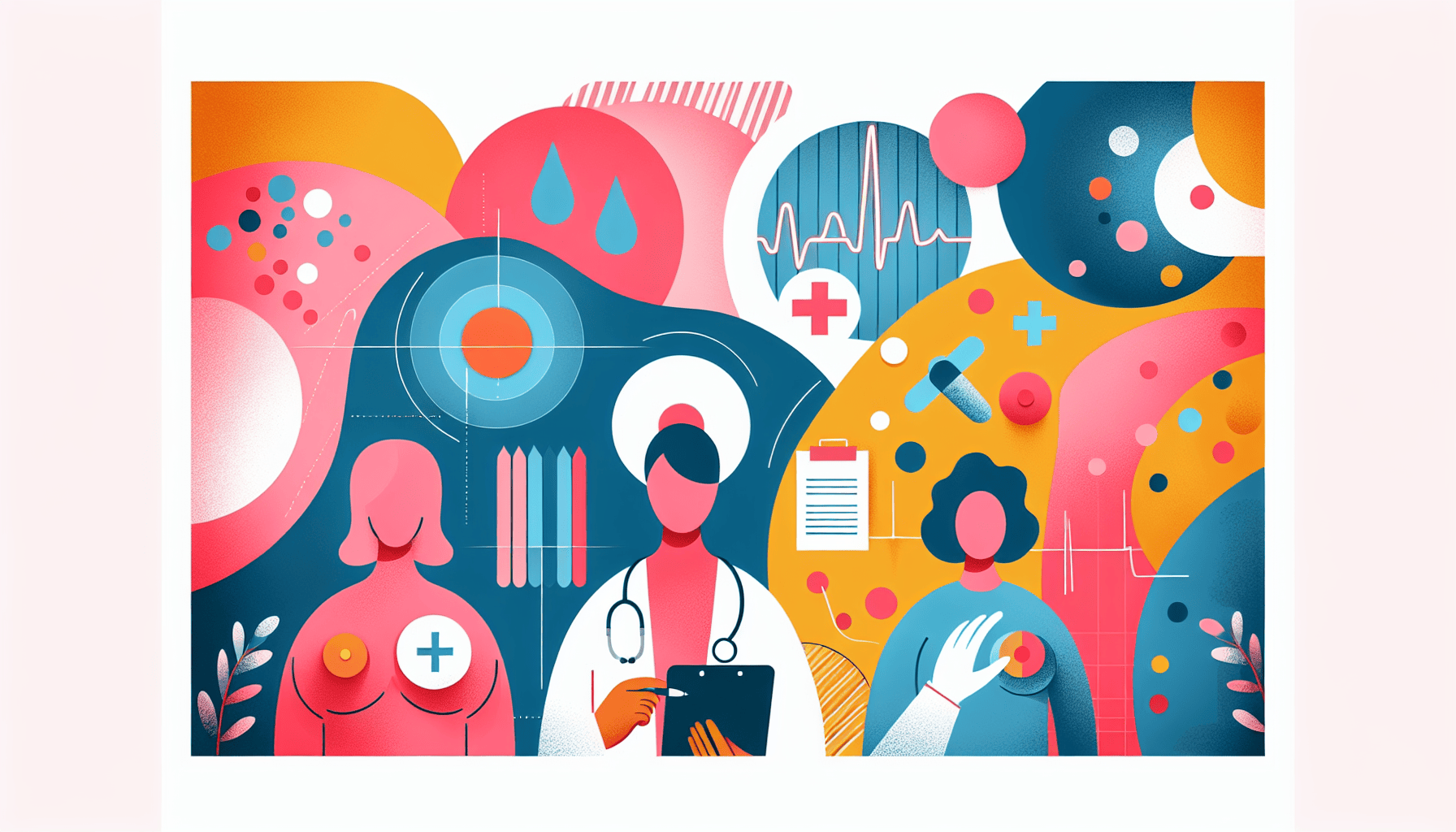Why Is My Nose Twitching?
Nose twitching is a curious and sometimes unsettling sensation that many people experience at some point. Whether it’s a brief spasm or a persistent twitch, the involuntary [...]
Read MoreIf you notice a lump or any changes in your breast, it's essential to get it checked by a doctor right away. While most breast lumps are benign (non-cancerous), it's crucial to identify the cause and rule out any serious conditions, such as breast cancer.
Several factors can lead to the development of benign breast lumps, including:
Fibrocystic changes: These are hormonal changes in the breast tissue that can cause lumps, tenderness, and nipple discharge. They are most common in women aged 35-50 and usually subside after menopause.
Fibroadenomas: These are solid, round, rubbery lumps that move freely when pushed. They are most common in women between 20 and 30 years old and are more prevalent in African-American women.
Simple cysts: These are fluid-filled sacs that can affect both breasts and vary in size. They may change in tenderness and size during the menstrual cycle.
Intraductal papillomas: These are small, wart-like growths in the lining of the mammary duct near the nipple. They usually affect women aged 30-50 and can cause nipple bleeding.
Traumatic fat necrosis: This occurs when there is an injury to the breast, causing fat to form in lumps that are generally round, firm, hard, and painless.

While most breast lumps are benign, it's essential to see your doctor if you notice any new breast changes, such as:
An area that feels different from any other area on either breast
A lump or thickened area in or near the breast or underarm that lasts through your menstrual cycle
Changes in breast size, shape, or contour
A mass or lump that could be as small as a pea or feel like a marble under your skin
Changes in how the skin on your breast or nipple looks or feels (dimpled, puckered, scaly, or inflamed)
Clear or bloody fluid coming out of the nipple
Red skin on your breast or nipple
During your appointment, your doctor will ask about your health history, perform a breast exam, and may order tests such as a mammogram, ultrasound, or biopsy to determine the nature of the lump.
Regular breast self-examination and mammograms are crucial for monitoring your breast health. The American Cancer Society recommends that women aged 45-54 at average risk for breast cancer get yearly screening mammograms, while women 55 and older can switch to every other year or continue with yearly screening. Women aged 40-44 can start yearly mammograms if they wish to do so. The U.S. Preventive Services Task Force recommends screening mammograms every other year for women aged 50-74.
If you have a high risk for breast cancer, your doctor may recommend yearly mammograms starting at a younger age, along with additional screening methods such as ultrasound or breast MRI.
Remember, early detection is key in treating breast cancer and other breast-related conditions. If you notice any changes in your breasts, don't hesitate to consult your healthcare provider.
Nose twitching is a curious and sometimes unsettling sensation that many people experience at some point. Whether it’s a brief spasm or a persistent twitch, the involuntary [...]
Read MoreAn itchy sensation on the roof of the mouth can be uncomfortable and puzzling. This symptom can arise for various reasons, ranging from mild irritations to underlying health [...]
Read MoreUnderstanding your ovulation cycle can be a game-changer when trying to conceive or simply wanting to understand your body better. One of the most reliable tools to track [...]
Read More